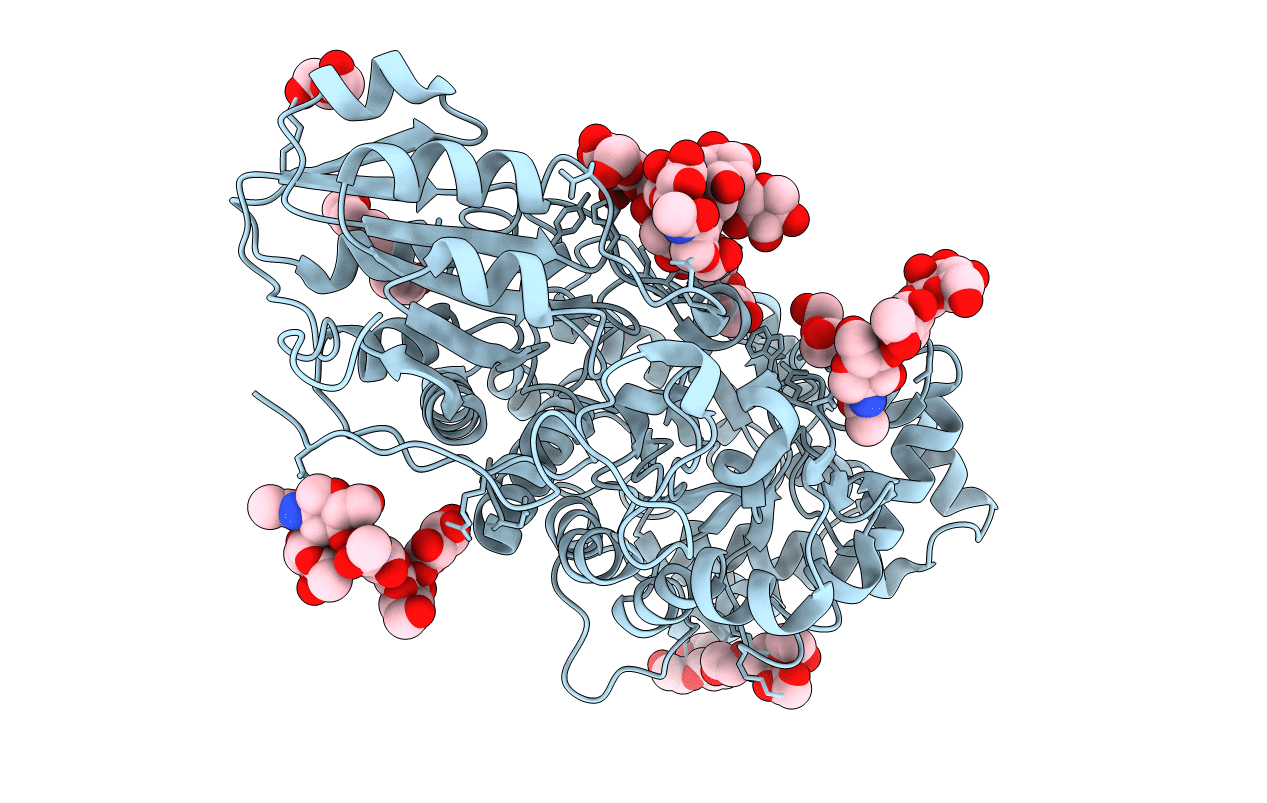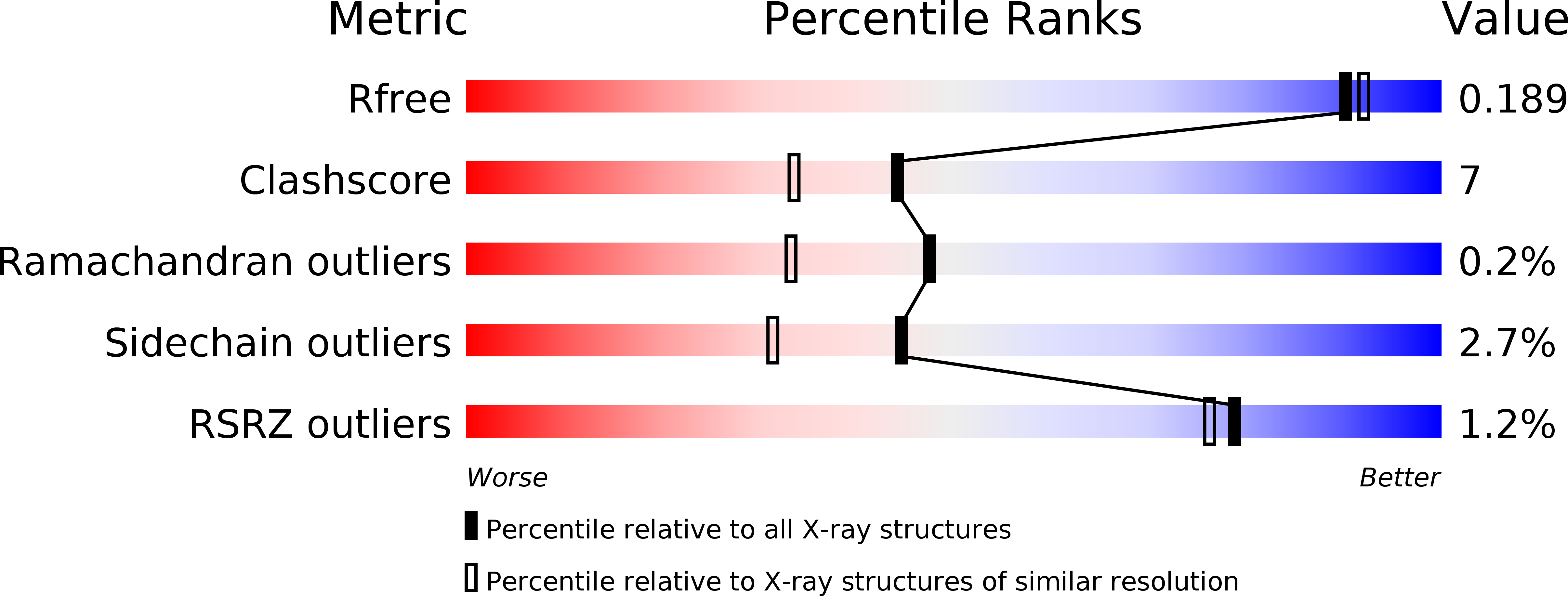
Deposition Date
2013-11-12
Release Date
2015-03-25
Last Version Date
2024-11-20
Entry Detail
PDB ID:
3WLL
Keywords:
Title:
Crystal structure of barley beta-D-glucan glucohydrolase isoenzyme EXO1 in complex with PEG400
Biological Source:
Source Organism:
Hordeum vulgare subsp. vulgare (Taxon ID: 112509)
Method Details:
Experimental Method:
Resolution:
1.80 Å
R-Value Free:
0.19
R-Value Work:
0.16
R-Value Observed:
0.16
Space Group:
P 43 21 2


